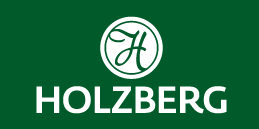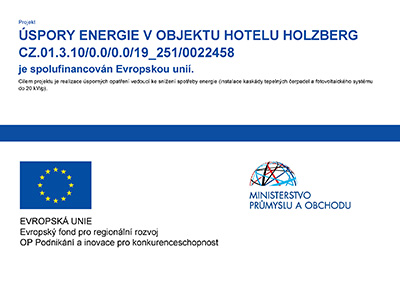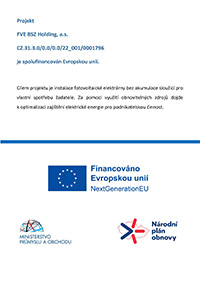Sightseeing
In the Jeseníky Mountains you discover many historical sights which capture visitors by rich history. It is a region of many attractive tourist destinations.
Gold panning
Gold panning has a very long tradition in Northern Moravia, reaching far back
to the Bronze Age. The main placer deposits lie in the basin of the Opava,
Moravice and Černý potok and around Zlaté Hory.
Suchá Rudná – a unique type of deposit in this country – Two elongated
terrain depressions lead to the center of the village. Until recently they were
believed to be created by nature as a typical, water-eroded gullies. The
earthworks for local water pipes in the center of „Soft Vein“ revealed the
remains of a panning weir of an archeological value. When a fireplace with
charcoals was discovered, a surprise sprang. The analysis has shown that the
charcoals were hot more than 3000 years ago. Examining those two gullies and
many other holes in the fields around Suchá Rudná, geologists discovered that
they are ancient surface mines. So far it has been believed that the deposits
are formed by a silica vein with gold and other metal traces. Only a new
research showed that gold is also present in carbon-rich slate with pyrite,
containing many vulcanogenic ingredients. Most gold is cumulated near tectonic
breaks where rich locations can contain up to several tens of grams of gold in
one ton of the ore.
The Rešov waterfalls
The Rešov waterfalls are situated on the Huntava rive in the Nízký Jeseník mountain range. The Huntava river springs in Stříbrné Hory near Horní Město where it eroded a deep rocky valley on the upper river with many cascades and several waterfalls, the biggest in Nízký Jeseník. The waterfalls were declared a protected natural monument and are among the most favourite tourist destinations.
The city of Bruntál
Considering the institutional aspects, the city of Bruntál (Freudenthal) is probably the oldest city on the territory of the Czech Republic. It is first mentioned in the Uničov Charter issued by king Přemysl Otakar I in 1223. It follows from the charter that the town of Bruntál was founded around 1213 as the first town in Bohemia that had been granted Magdeburg Rights. The castle built in the style of northern Renaissance is the most significant monument of the city. Gabriel's House, situated on the Bruntál square, is another significant monument. A two-floor corner townhouse, with a gable typical for Silesian architecture in the middle of the 16th century, is a document of municipal constructions in the Renaissance period, despite the house's extensive adaptations at the end of the 19th century and in the 20th century. Rooms have beam or flat ceilings, windows have original bars. The house was donated to the town by Eugen of Austria, the Grandmaster of the Teutonic Order. Until 1958 it was used as the municipal museum.
The city of Krnov
Krnov (Jägerndorf) is a town in Upper Silesia, situated 22 km to northwest from the city of Opava and 18 km to northeast from Bruntál, in the foothills of the Nízký Jeseník mountain range. It lies on the junction of the Opava and Opavice rivers, in close vicinity of Polish borders. The history of the town dates back to the 13th century when Krnov received municipal rights. However, the area has been inhabited almost continuously since the Stone Age. On the turn of the 19th and 20th century the city witnessed a rapid development of textile industry which however gradually declined. The end of the World War II meant the deportation of a great part of the citizens. At present, Krnov is the seat of manufacturers like the Pega haberdashery, Kofola beverages, Rieger-Kloss organs etc. Within the area of the city there are several sights and historical monuments, e. g. the Krnov synagogue, St. Spirit Concert Hall and the pilgrimage hill of Cvilín. The pilgrimage hill of Cvilín (Burgberg), 436 m above sea level, with the church of Our Lady of Seven Sorrows and a view tower dominates with its two summits the city.
Velké Losiny
Velké Losiny, situated northwards from the city of Šumperk in a picturesque valley of the Desná river, is among the most frequented places of the Jeseníky foothills. It is known not only thanks to its rich and interesting history and a hundred-year-long spa tradition but also thanks to many precious sights. In Velké Losiny there is a manufactory producing hand-made paper, established already at the end of the 16th century.


